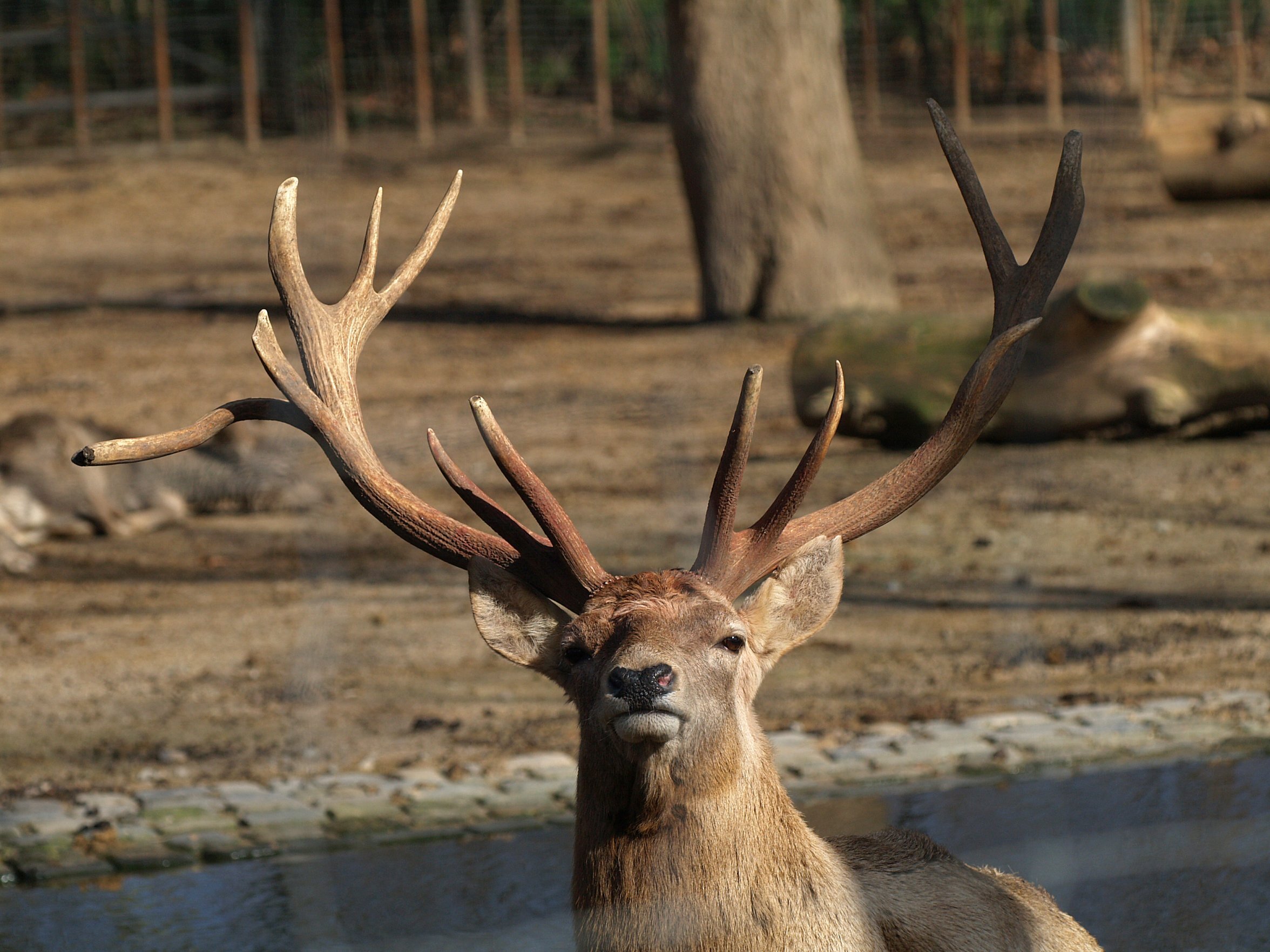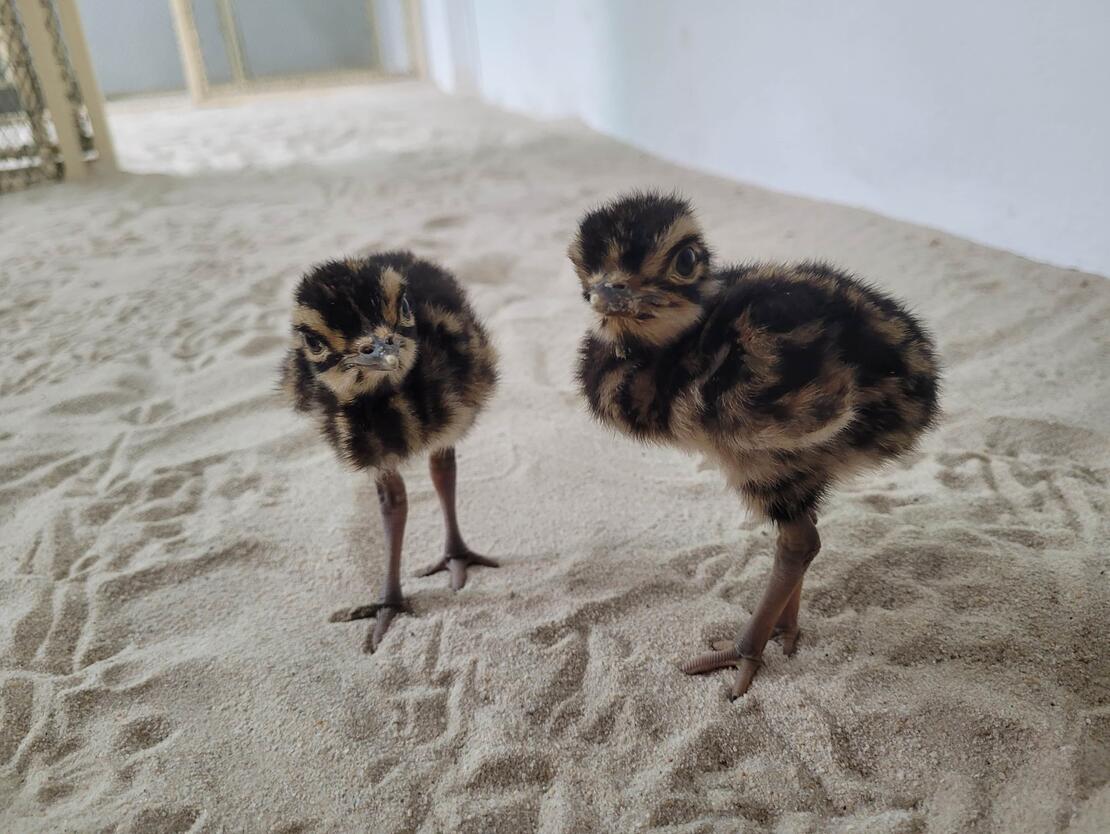PICTURED: A Bukhara deer stag (cervus elaphus bactrianus) at the Cologne Zoo. Photo credit Sarefo. CC 2.0.
Kazakhstan, September 25th, 2019. Partnering up with the WWF Russia, the Ministry of Ecology, Geology, and Natural Resources of Kazakhstan put together a deer reintroduction project as part of the greater movement of Central Asian republics towards rewilding their nations.
Five radio collared deer were released into Ili-Balkhash Nature Reserve on the shores of Lake Balkhash in central Kazakhstan, an area they’ve been entirely absent from for 100 years or more.
Bukhara deer (cervus elaphus bactrianus) are known by many names. Also called the Bactrian deer and the Tugai deer after the “tugai” (reeds) where they could often be found, it is a subspecies of the Eurasian red deer.
The first five deer to step foot into Ili-Balkhash are sort of meant to be the deer-incarnates of Neil Armstrong and Co., and WWF Russia and the Ministry are planning to release several hundred deer to over 5-6 years to establish a strong, stable population.
PICTURED: 13-year old Nurgaiv of Kazakhstan hunts the mountains of her home with a golden eagle – carrying on an ancient tradition. Images of Nurgaiv taken by Asher Svidensky went viral in 2014.
Predatory ambitions
This recent effort near Lake Balkhash is just one of several Bactrian deer reintroductions that have taken place across various Central Asian republics this century including Tajikistan and Uzbekistan. A deep connection to the wild untamed steppe lands of their home nations has influenced multiple Central Asian republics into multilateral rewilding projects since the fall of the Soviet Union.
These three nations in particular have so far brought the population of Bukhara deer back from the brink, and they now number close to 1400 individuals across multiple countries.
The last decade and a half has seen the work of the Global Snow Leopard Forum, an international conservation organization, founded in Kyrgyzstan and including nearly all of the Central Asian republics, lift the snow leopard out of the IUCN endangered zone.
But that’s not all their plans done and dusted. The main purpose of the deer project is to aid in the reintroduction of a tiger species back into Kazakhstan and other former range countries.
“It is a great honor for us to be the first country that implements such an important and large-scale project that returns the tiger to its lands. It is just as important for us that during the program the ecosystem of the unique Ili-Balkhash region will be fully restored,” said the Kazakhstani Minister of Agriculture Askar Myrzakhmetov .
“Our successful cooperation in creating new reserves and restoring rare species such as the Bukhara deer and kulan gives us every reason to believe that a tiger will return to the Balkhash tugai in a few years,” said Igor Chestin, director of WWF Russia.
PICTURED: An Amur tiger (Panthera tigris tigris)
Resurrection
Since the subspecies that once roamed the area by Lake Balkhash, the Caspian Tiger, became extinct in the 1970s, the reintroduction efforts would involve Amur tigers, also known as the Siberian tiger – a species that according to WWF Chair in Conservation Genetics, Carlos Driscoll, is actually so similar to the extinct Caspian tiger as to not even qualify as being two different subspecies.
If successful, Kazakhstan would be the first country to reintroduce tigers of any subspecies into an area they’ve been extirpated from.
Whenever scientists embark on a species reintroduction plan, the first step is to find a population that can spare individuals. In this case, Russia would be the most likely donor of endangered Amur tigers.
However one of the benefits of establishing separate populations, even if it means reducing numbers in one particular area, is reducing the chance of extinction due to a localized catastrophe such as disease outbreaks.
Maintaining two geographically-separated populations of any animal has been shown many different times, for instance when the United States was bringing the California condor back, to increase the overall species robustness.
The pristine wilderness of Lake Balkhash would provide the perfect home for the Amur tigers and the deer species it once hunted. If Kazakhstan can continue to provide the will, nature will find a way.
Continue exploring this topic — Earth May Have Just Produced a New Species of Wolf





